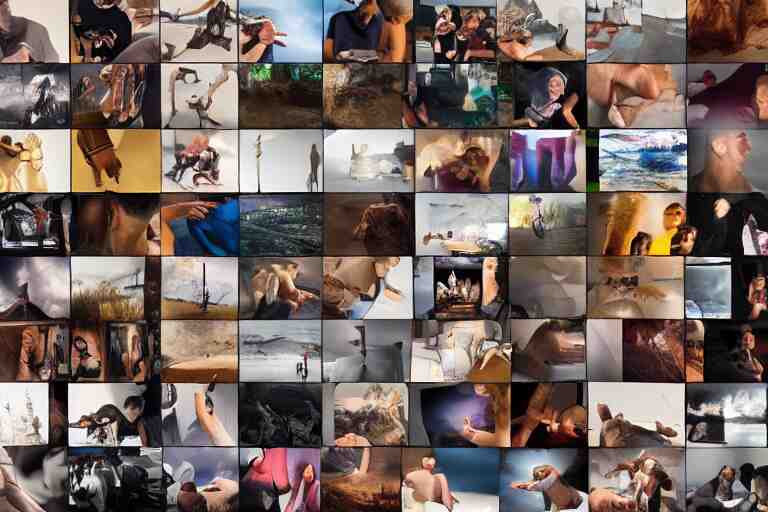Reverse Image Search allows you to search for any images of your product’s variations by providing the URL from the product page. This AI will generate images based on the image URL that you pass to it.
Ideally, this should be done before you start a social media advertising campaign that includes expensive ads. Or a press release that includes expensive image rights. You must run a reverse image search in order to see who owns the rights to the image you want to use and if anyone else has used it in the past. It can help prevent using images that are connected with someone else or a brand with a bad reputation, which can harm your own.
So, what is an API? It stands for “Application Programming Interface”. An API is software that allows two applications to communicate with one another, like the bridge between two islands. In other words, it is just a link between different services, who offer specific information and functionalities; and the program itself.
The purpose of an API is threefold: Firstly, to standardize the protocols for connecting different services. Secondly, it provides an easy way for developers to access data and functionality without having to create a new API from scratch every time, or worse, having to modify an existing one. Finally, they exist so that users can quickly get what they need without having to create their own API from scratch every time they need something new.
This AI will generate images based on the image URL that you pass to it. Ideal for reverse image search.
To make use of it, you must first:
1- Go to AI Reverse Image Search API and simply click on the button “Subscribe for free” to start using the API.
2- After signing up in Zyla API Hub, you’ll be given your personal API key. Using this one-of-a-kind combination of numbers and letters, you’ll be able to use, connect, and manage APIs!
3- Employ the different API endpoints depending on what you are looking for.
4- Once you meet your needed endpoint, make the API call by pressing the button “run” and see the results on your screen.



